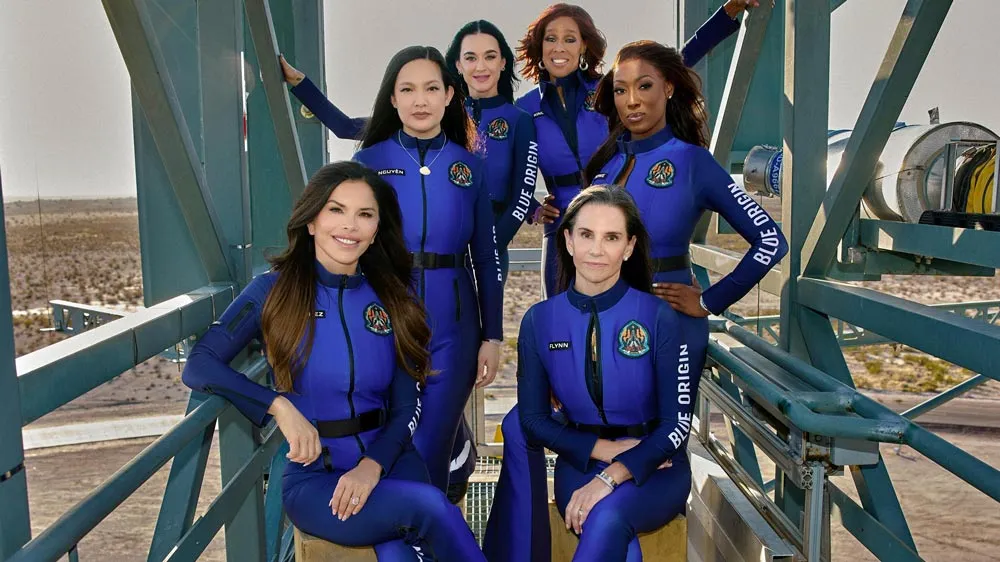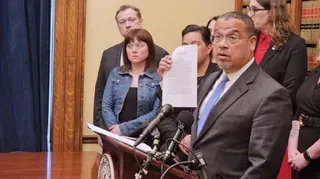October 19, 2014
Violence Against Trans Women of Color
Kilian Melloy READ TIME: 4 MIN.
It's been nearly seven years since Simmie Williams was shot and killed by two men in Fort Lauderdale. On February 22, 2008, the 17-year-old was attacked on the 1000 block of Sistrunk Boulevard while wearing a dress, Simmie was known in the area by his first name or as Beyonce. Williams' case remains unsolved, as do many of the crimes committed against transgender and gender-nonconforming people.
This past summer alone, there were at least seven reported killings of transgender women of color in the United States: Kandy Hall in Maryland, Zoraida Reyes in California, Yaz'min Shancez in Florida, Tiffany Edwards in Ohio, Mia Henderson in Maryland, and an unnamed woman in Michigan and just recently, Alejandra Leos in Tennessee.
A suspect has been arrested in the Shancez case in Florida. A man turned himself in the Edwards case. But, the other cases remain unsolved.
"There are no real consequences. These cases don't get prosecuted. Victim blaming happens. There are many layers here," says Osman Ahmed from the National Coalition of Anti-Violence Programs.
Transgender people, especially those of color, are more than just statistics. They are people. They are victims. They are not getting justice. According to a recent report by the National Coalition of Anti-Violence Programs, people of color, transgender women and gay men are disproportionately the victims of deadly violence. In addition:
These are the cases that are reported. Many attacks are not. Twenty-two percent of the 6,450 transgender and gender-nonconforming respondents to the 2011 National Transgender Discrimination Survey (NTDS) who had interacted with police said they'd been harassed by them, with rates even higher among people of color. Fear of being victimized again stops many people from reporting violent crimes.
That's what happened to Rajee Rajindra Narinesingh. In 2001, she stopped to buy gas in Miami. As soon as she was finished, she was brutally attacked by a group of guys. One of them said hello to her. She responded to him because she recognized him as a fast food employee in her neighborhood. Out of nowhere, he punched her in the face. She was stunned by the severity of it.
"The next thing I knew, he reached in, unlocked the door and tried to pull me out. The other guys came over and started punching me," Narinesingh recalled.
Outnumbered and scared to death, all she could do was pray. She started reciting the Lord's Prayer out loud. It was enough to scare away most of her attackers. One continued to punch her and call her names like freak.
"He was like 6'4. I'm 5'11. The entire time he was punching me and trying to hurt me. I blocked his punches with one hand and tried to start the car with the other hand. I was able to put my car in reverse and knock him to the ground so I could get away. My top lip was split and my face was a bloody mess. Not only was I physically broken, I was mentally broken," Narinesingh said.
In that broken state, she never took action to punish those who hurt her.
"There's a shame that's put on you from the time you're a little child. Your parents say you're not right. Your friends say you're not right. Your community says what you feel and what you are is not right. Even though I was the victim, I felt like I had to take the blame. I thought, if I wasn't transgender, this wouldn't have happened to me," she told SFGN.
But, as an advocate, she advises victims to act differently. "I would tell anyone, you go and file and police report. It's a little better now. You need to document that you've been victimized. Reach out to your circle of support. Family, friends, whoever is going to lift you up and have your back. Don't isolate yourself," she said.
These days, Narinesingh has moved past that attack. If her name sounds familiar it's because she made headlines years ago after a fake plastic surgeon injected her face and body with cement injections. As a result, her face was disfigured for years. But things are better for her now, thanks to monthly softening injections and laser therapy by cosmetic surgeon Dr. John Martin that have reduced the size of the nodules on her face. Narinesingh has written a memoir titled, "Beyond Face Value. A Journey to True Beauty." She's also part of the all-trans cast of soap opera "Bella Maddo."
In addition to Narinesingh, there are many groups working to decrease victimization in the trans community. Trans Women of Color Collective andCasa Rubyare leading the way in addressing violence against trans people. But they face many hurdles.
Every November 20, activists around the globe pause to honor the transgender lives lost to violence, hate, and prejudice.The Transgender Day of Remembrance was established in 1999 to memorialize Rita Hester, a trans woman brutally murdered November 28, 1998. To this day, Hester's murder remains unsolved.
"The fact that this has come to the media's attention is a good thing. But it's been going on for quite a while. Sadly, we are still far, far away from a utopian society where trans rights are upheld," Osman said.
Pro-trans rights group Lambda Legal has put together a Transgender Rights Toolkitto answer questions on how to best deal with anti-transgender violence. It also contains other resources to help connect with other organizations that deal specifically with problems of violence.
Kilian Melloy serves as EDGE Media Network's Associate Arts Editor and Staff Contributor. His professional memberships include the National Lesbian & Gay Journalists Association, the Boston Online Film Critics Association, The Gay and Lesbian Entertainment Critics Association, and the Boston Theater Critics Association's Elliot Norton Awards Committee.

 Copyright South Florida Gay News. For more articles, visit
Copyright South Florida Gay News. For more articles, visit 

